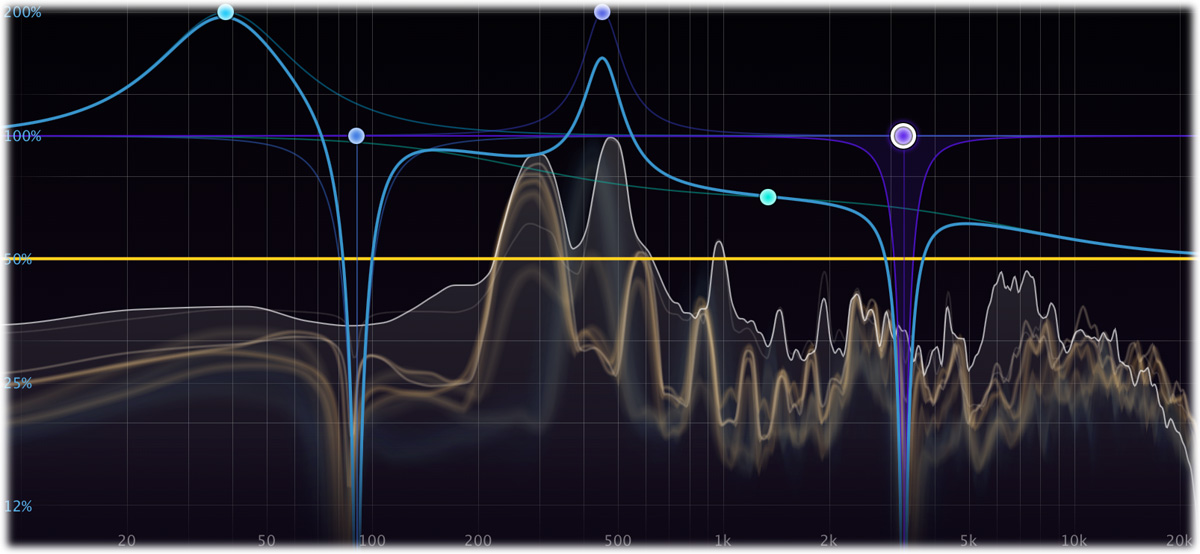Reverb
One of reverb's main functions is to connect sounds in a mix and fill in the space between the speakers
Reverb is made up of thousands of delay times
- when a sound first hits our ears, it continues past our head and eventually hits the wall, where it bounces off and interacts with all the other sound waves where it eventually hits our ears again.
When we put reverb in a mix, it's as though we are placing the sound of a room between the speakers
Reverb tends to introduce sub-harmonics and other low-frequency noise, so it’s a good idea to cut this with an EQ. Particularly if the part is played higher up on the keyboard, reverb is notorious for creating a buildup of unwanted frequencies.
Reverse gate reverb
Take the envelope of gated reverb and reverse it, resulting in a reverb that starts quietly, gets louder, then suddenly cuts off.
Preverb
Preverb is made by reversing the dry track, applying reverb, then taking that reversed reverb and applying it to the original forward track.
Pro-Q
Decay Rate EQ
- allows control over the decay rate of different frequencies. That is, instead of controlling the volume of each frequency (as a normal EQ does), this EQ controls the decay rate of each frequency.
- ex.you could extend the decay time at some frequencies while shortening the decay time at other parts of the spectrum:

Room reverb
When we record in a bedroom, there is a lack of cohesion due to the fact that each instrument was recorded separately, and potentially in different rooms.
Try to solve this issue with 2 reverb buses:
- ambient reverb, to push instruments back in the mix
- this reverb bus should have plenty of early reflections (in Pro-R, manifested through a short Distance and medium Character)
- room reverb, to get the tone of the room
Send varying amounts of each instruments to these 2 reverbs depending on what you want them to sound like
- low instruments (like kick) should typically send less signal to these buses (something like 10-20%).
Creatively using reverb
Call and response
- try syncing the pre-delay time to your DAW’s tempo and you can create some fun rhythmic “call and response” effects.
Sound originating from one side of a room
- You can create the impression that the sound is originating from one area by adjusting input pan and output pan separately. Panning the input is different from panning the output, because the reverb will spread the signal again.
UE Resources
Children
Backlinks